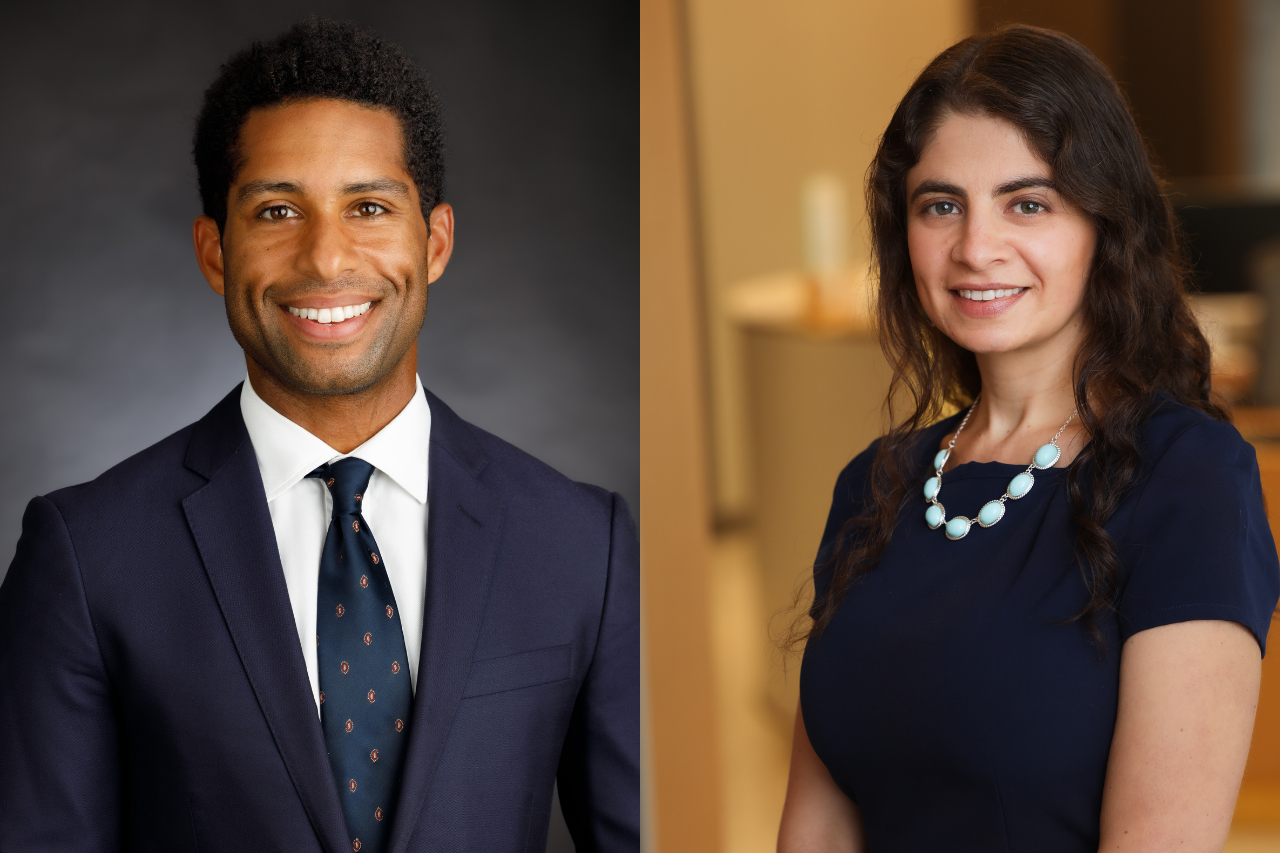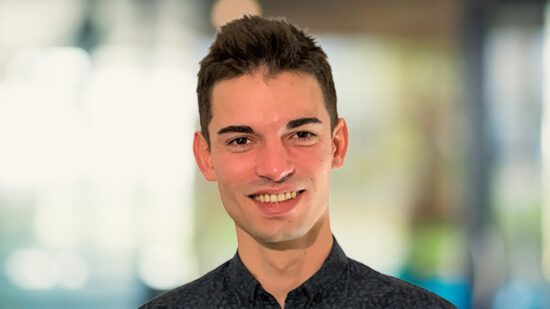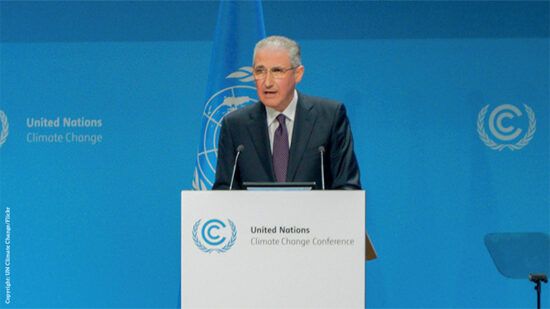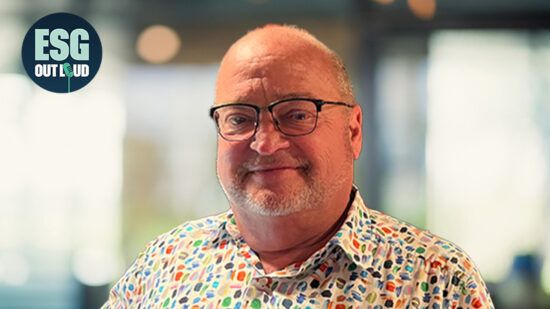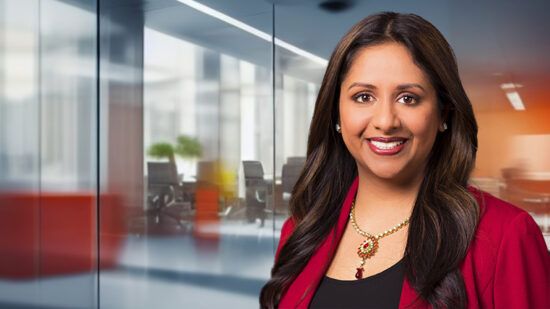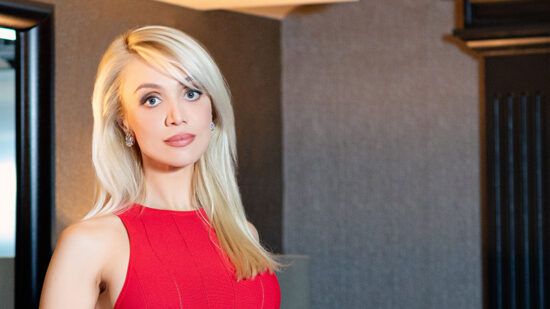Schroders has integrated ESG across its operations but in the US is now looking toward active ownership and impact investing. Here ESG Clarity sits down with head of sustainability, North America, Marina Severinovsky and investment director – sustainability, Lazaro Tiant, to talk climate acceleration, virtue signaling and how third-party ratings are “missing the point”.
What is Schroders’ approach to ESG in the US?
Severinovsky: We committed to have all our AUM globally ESG integrated. There’s a central sustainability team, which is now 30-plus people strong, but every desk approached this in their own way. At the central team level we write the thematic research, we handle active ownership and engagement activities, and we build the proprietary tools, such as SustainEx.
I’ve sat on four desks, so I’ve seen the entire arch. Ten years ago we were saying, “When you talk to a company you have to fill out this section on ESG,” and that was a big deal. People didn’t want to fill them out, so you had to audit them. That was early days, now everybody takes those things into account. The next stage is active ownership: Now we’re saying you have to have three substantive engagements every year.
Tiant: Should there be regulation in the US, we should know where our current process falls within it, rather than having to try to meet the regulation. I joined from the third-party rating space, and it was interesting that everybody misses the point on how to be sustainable and how to set criteria. To be able to design that ourselves [is great]. It’s important we have the same levels of transparency as the companies we’re asking for that from.
Coming on to regulation then, will things like the DOL and SEC proposals make much difference to your operations?
Tiant: It should be a tailwind for us. In the retirement space we’re ready to have the conversations. But it’s about education – what we continue to find is it’s not just about human capital, it’s not just about decarbonization, there are new issues that get more light every day, so to meet those is our job.
Severinovsky: It’s very dangerous in the US to think [new ESG regulation] is all clear because there’s always an election cycle and we’re a pendulum, we always have been. In a way with things like greenwashing, the regulation is much less controversial because wherever you sit on the aisle politically, you should agree people should not be misled.
From the DOL perspective it’s tougher – what I’m experiencing when we talk to plans is people are eager to go down this path, but they are concerned about being sued. People are lining up at the starting line, but they are waiting for the whistle to blow. Hopefully by the mid-year mark we’ll have the finalization of this rule, and I think people will want to put sustainable options into their plans. You have businesses and, say, universities, who have progressive policies but haven’t been able to put them into their retirement options so there’s low-hanging fruit.
See also: – ESG options would increase 401(k) engagement
What will be the biggest shift in ESG in the US this year?
Severinovsky: There’s definitely movement on the climate side, with net-zero commitments for example, after years of feet-dragging. You don’t have to be a believer to want to decarbonize, if you see the investment value in it. The other one is, we’ve lived through a few difficult years with the pandemic, and it’s different [in the US] – we don’t have the social safety nets of other places, we have tremendous wealth disparities, there’s a lot of social angst. From an allocator perspective, folks either feel some guilt over these or they have to at least virtue signal that they feel some guilt. So if we are giving people options or ways to address these issues that’s a theme too. It’s important not to export ideas without giving credence to local variations.
Tiant: When people can see things tangibly they start to flock to it. We’re seeing more electric vehicles, but for that to evolve you need more charging stations, and for those to appear more readily you need policy and infrastructure. Once investors can see where the hockey puck is going for them – i.e. impact, that’s where investor dollars will be going too. There’s a lot of pushback on ESG integration because it’s a bit convoluted but when it comes to understanding sustainable development goal alignment or understanding impact or something more tangible or thematic.
What sectors are really exciting in ESG at the moment?
Tiant: The change in energy mix and how utilities are going to evolve over time. Businesses that weren’t really good and competitive 10 years ago now are. I remember seeing people putting solar panels on their roofs 10 years ago and losing money but those businesses are now less subsidized and more in demand.
Severinovsky: The other thing is looking at what is essentially “Scope 4” emissions – carbon intensive work, like building wind turbines, that will one day avoid a lot of emissions. How do we give credit for that? How do we put capital towards things that are going to be solutions? We’ve identified 15-19 areas where you can find these hidden treasures. Even something like building insulation – that’s the materials sector, which is one of the “baddies,” but within that you have companies whose work is very important in avoiding emissions in the future. Some 80% of emissions are coming from around five sectors, so we’re not divesting. We need to find the companies within those that are shifting and providing solutions and be able to measure them properly.
What brings you to work every day?
Tiant: I focus on intermediaries – there’s one asset owner, and that’s people. So it’s being able to have an impact by teaching people something they didn’t know and have a dollar attached to its evolution.
Severinovsky: I like to be able to see the value for the client and for that to be aligned: if we do well, you do well. Having seen from the investor perspective on multiple desks how we’ve risen to the occasion of integrating ESG, there’s a lot of growing pains, for example there were a lot of skeptical investors, but when you unpack [ESG] it’s just all the things a good investor needs to make good investments. We had that journey and that was exciting.


